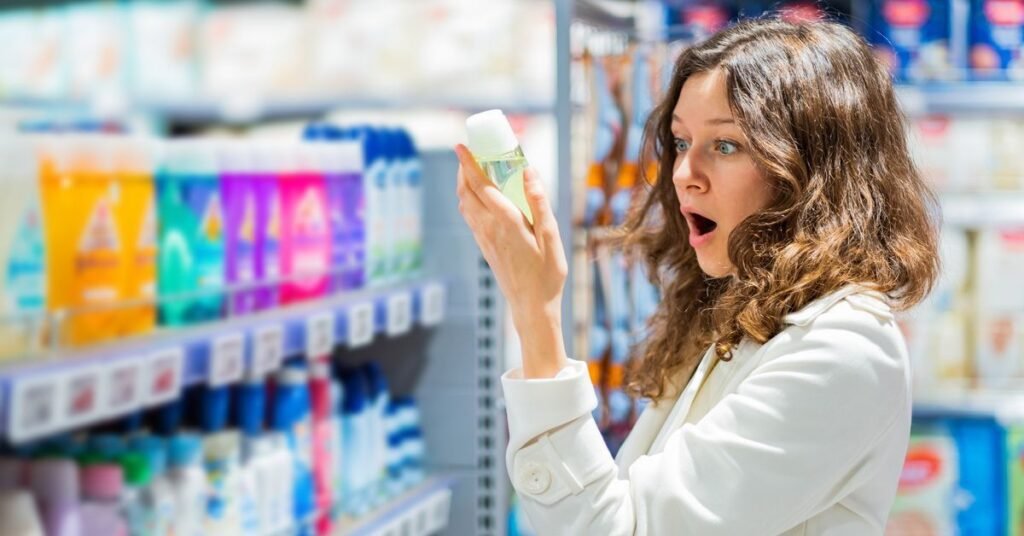The Rise of Korean Beauty Products in the U.S.: Understanding Popularity and Price Hikes
Why are Korean Beauty Products So Popular?
Korean beauty products have captured the attention of consumers worldwide due to their unique and innovative offerings. Here are some reasons behind their surge in popularity:
- Innovation: Products like lightweight sunscreens, snail mucin serums, and multi-step skincare routines stand out for their effectiveness.
- Gentle Ingredients: Many Korean products emphasize skin-friendly components which appeal to various skin types.
- Creative Packaging: Eye-catching designs attract consumers, making the products not just functional, but also aesthetically pleasing.
- Social Media Influence: Trends often spread quickly via platforms like Instagram and TikTok, further amplifying their appeal.
The Impact of Tariffs on Prices
Recently, Korean beauty products have become more expensive in the U.S., largely due to newly implemented tariffs:
- 15% Tariff: Imports from Korea now face a significant tariff, pushing prices higher.
- End of De Minimis Exemption: Shipments valued under $800 that previously entered the U.S. duty-free are now subject to taxation.
Retailers and consumers have initially leaned on existing inventories, but as these supplies dwindle, further price increases are anticipated.
How are U.S. Consumers Reacting?
The pricing changes have prompted a variety of reactions from American consumers:
- Pre-Tariff Shopping Spree: Many rushed to purchase products before the tariffs took effect.
- Seeking Alternatives: Some consumers are opting for different brands or cutting back on their K-beauty purchases.
- Challenges of Substitution: The innovation and diversity of K-beauty products are hard to replicate with domestic offerings. While Japanese beauty products could serve as an alternative, they are also affected by the same tariffs.
Consumer Behavior Insights
The shifting landscape of product pricing and availability offers insight into broader consumer behavior:
- Impact on Low-Income Households: Research indicates that during economic downturns, low-income and Black households absorb price increases more acutely, struggling to find substitutes for necessities.
- Tariff Effects: The extent of the burden from these tariffs will vary based on which products see the steepest price hikes and how easily consumers can switch to alternatives.
Conclusion: The Future of K-Beauty in the U.S.
The interplay of innovation, consumer trends, and unforeseen economic factors like tariffs shapes the future of Korean beauty products in the United States. As consumers navigate higher prices, the next few months will be telling for both demand and industry responses. Staying informed through credible sources and market analyses will be crucial for consumers seeking to maintain their K-beauty routines in this evolving landscape.
Explore more about the influence of Korean beauty products on global market trends and how tariffs affect consumer choices today.


